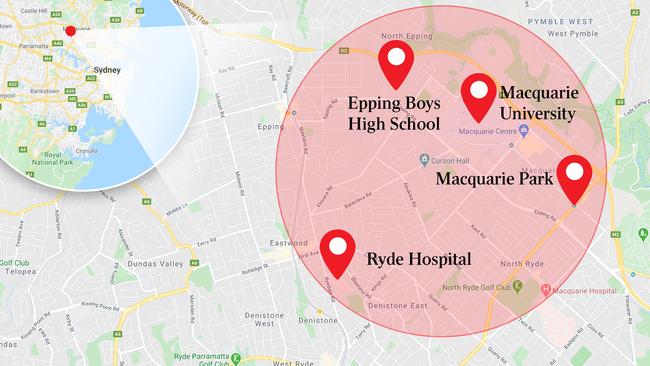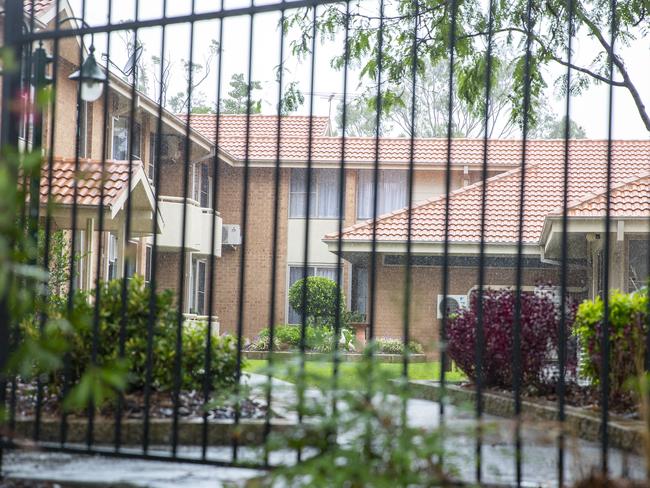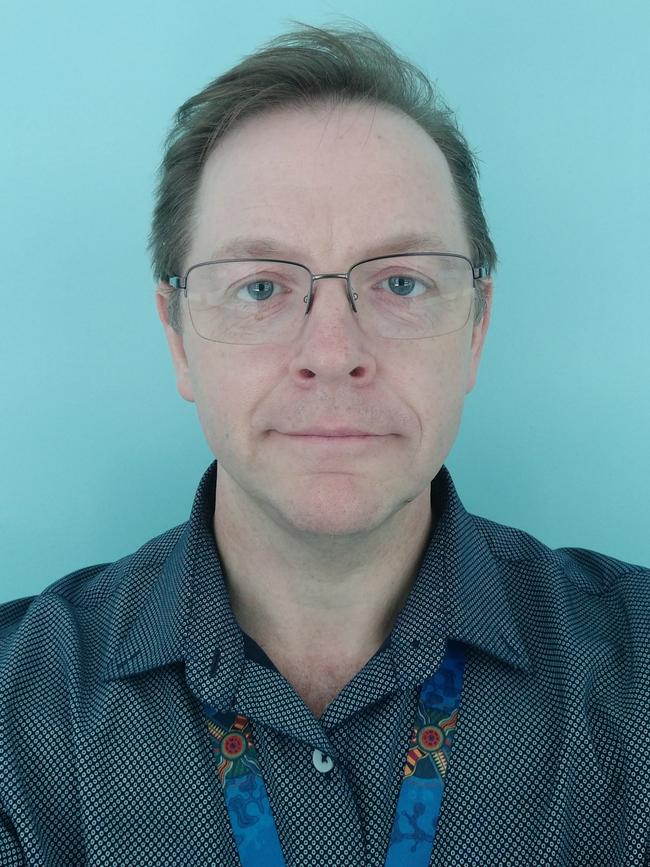Coronavirus: deadly disease lurking in the suburbs
It’s the scenario that health authorities were hoping to prevent — but human-to-human spread of the virus is underway.

It’s the scenario that health authorities were hoping they could hold off as long as possible: the human-to-human transmission of coronavirus on home soil. But the domestic spread of the virus is now underway, and it appears to have begun in the suburbs of northwest Sydney.
One of the latest diagnosed cases of COVID-19 in NSW is in Epping, where the infection of a teenager has shut down the local boys’ high school of 1100 students.

Earlier this week, cases emerged 5km away in Macquarie Park, where four residents of the Dororthy Henderson Lodge aged care facility and a nurse working at the centre came down with COVID-19. One of the residents died. Authorities do not know how the nurse, who had not recently travelled overseas, acquired the infection.
On Tuesday, NSW Health revealed a doctor working at the Ryde Hospital, just 3km from Epping, had been diagnosed with COVID-19. Scores of his fellow workers and patients are now in quarantine. Worryingly, again, the source of the doctor’s infection is unknown.
The schoolboy from Epping Boy’s High School is the son of a healthcare worker who also works at Ryde Hospital. The boy’s mother is “well”, health authorities said, and pathology tests are underway.
The other case in the area is that of a university lecturer who worked at Macquarie University, in nearby Macquarie Park. He had recently returned from Iran.
The cases are among eight infections which were acquired human-to-human in NSW. Two of the cases, that of the Ryde doctor and the aged care worker, are of unknown origin. The total number of infections in the state is now 28. Nationally, there are 64 cases in Australia.
Virologist Ian Mackay said the fact that all of these cases emerged within 5km of each other was no coincidence.
“I don’t think we see a lot of coincidence in this sort of event,” Professor Mackay said. “It will be occurring because there’s either some common source that hasn’t been found yet, or a few people that are infected that flew under the radar in that area.”

With some infectious disease experts estimating that as many as 50 per cent of people who have COVID-19 did not display symptoms, Professor Mackay said it was possible that one or more people who had the virus and did not know it had unwittingly spread it in northwest Sydney.
“I think at this point when you see community spread that you can’t link to a source, yes, that is possible,” Professor Mackay said.
“It’s not unexpected that this was going to happen. This is how a virus spreads when it’s a virus that’s new and has the potential to be a pandemic pathogen.
“We are entering the next phase of the disease’s spread. We haven’t traced every single person as yet and we haven’t been able to track those transmission links.
“This kind of spread is what I think we’re going to see more of. It’s the speed at which we will see it we don’t know yet.”
The novel coronavirus is highly infectious. Scientists estimate that for every one person who has coronavirus, they will spread it to two or three others.
The virus is spread through droplets via coughing or sneezing, but the most common way to pick up viruses is from surfaces. So if an infected person touches a hard surface like a handrail after coughing or sneezing into their hand, the virus could live on that surface for anywhere ranging from two hours to 48 hours.
The World Health Organisation has yet to declare COVID-19 a pandemic, but the Australian government is operating as if it is one, and the NSW Health Minister Brad Hazzard is now in no doubt that the virus cannot be contained.
“I think at this point it’s fair to say that an evolution is happening in the spread of this virus,” Mr Hazzard said on Thursday. “We are doing everything we can to try and contain it. But we also know that containment is … an unlikely outcome.
“Members of the community have to be doing everything they can do to support the endeavour to defeat what has really become a war with this virus.”
And the only real weapon that ordinary people have to fight that war is soap and water. Washing hands and trying not to touch the face are the single most important things any individual can do to minimise the risk of contracting the virus.








To join the conversation, please log in. Don't have an account? Register
Join the conversation, you are commenting as Logout